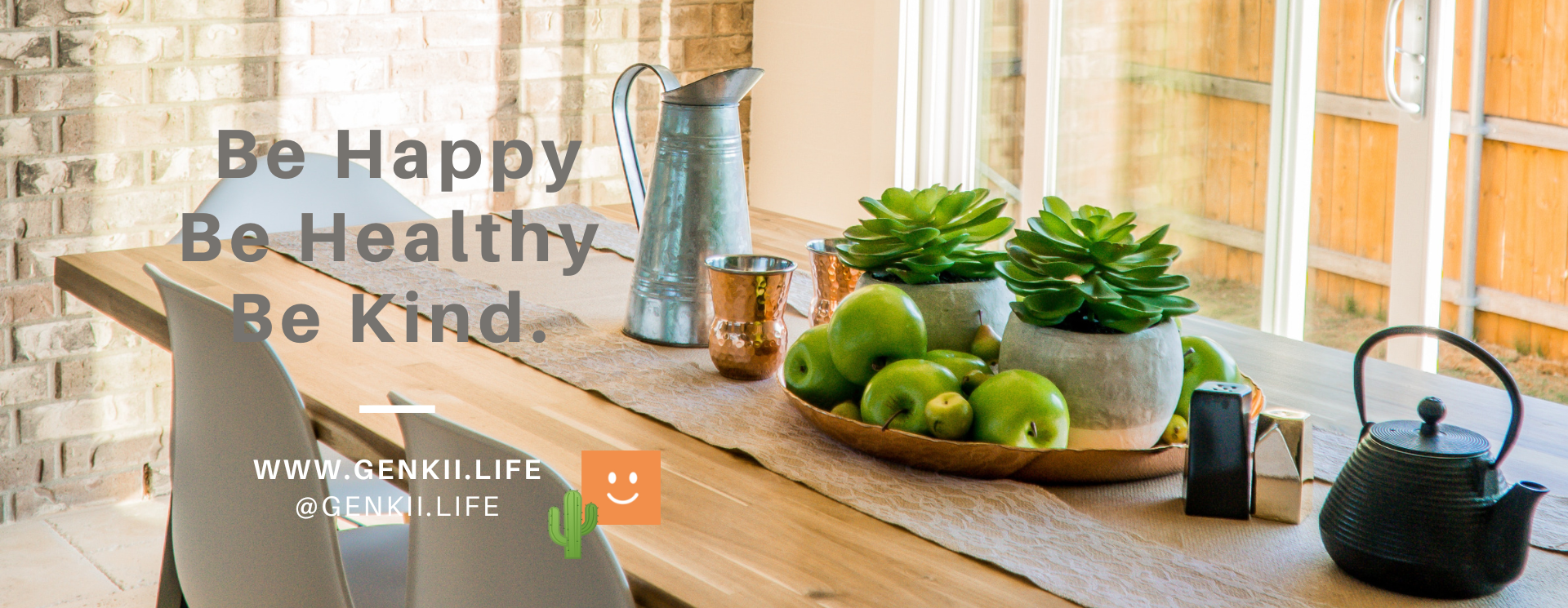Granny flats are terrifically useful as they can be used as extra space for growing children, housing for elderly parents, a home office, a studio or a holiday rental – the possibilities are endless. But what are the requirements for building a granny flat, and what do you need to take into consideration before constructing one on your property?

1. GRANNY FLAT APPROVALS
Rules and regulations for building a granny flat on your land vary wildly across Australia, with some states limiting dwellings to occupying just 50 square metres, while others allow structures of up to 80 square metres; some even ban full-size kitchen and laundry facilities. "People should contact their local council or private certifier for a consultation before undertaking a tiny-home or granny-flat build," says Fabio Paulucci of Aussie Tiny Houses. "Though small homes don't take up much space, we suggest clients allow 50 square metres, which includes some outdoor decking."

2. GRANNY FLAT NECESSITIES
Granny flat designs depend entirely on purpose for use, so you need to have a clear idea of how the space will function before engaging a builder. "Tiny houses and granny flats are now used as homes, offices, music studios, pool houses, holiday homes and much more," says Fabio. "A good tiny house has everything a normal home has, but in smaller proportions: a great kitchen, a full bathroom with laundry space, a living room, and a loft or ground-level bedroom." Other things worth considering are accessibility for elderly or disabled residents or guests, incorporating extra storage and integrated appliances for ease of living, and understanding which functionality is most important to include – then plan your design accordingly.

3. GRANNY FLAT PRICE GUIDE
While it's easy to spend thousands of dollars on design, construction, interiors and tradespeople, Fabio says the average granny-flat or tiny-home build should fall within a $70,000 to $120,000 price range when finished. As with any project, have a good idea of the cost before commencing.
 in Balnarring, Victoria, is used as a retreat and multi-functional studio. Cleverly designed with a kitchenette and bathroom, it embraces a low-tech aesthetic and the idea of slowing down.](https://d3lp4xedbqa8a5.cloudfront.net/s3/digital-cougar-assets/homes/2021/10/08/1633672306321_IO2108-GRANNY-FLATBalnarringNo10268.jpg?width=690&height=&mode=crop&quality=75)
4. STARTING YOUR GRANNY FLAT BUILD
Whether you choose to go through a tiny-home builder, an architect or a building designer, Fabio says you should be careful when selecting the businesses to handle your project. "I strongly encourage customers to look for reliable and trustworthy builders within the industry. As tiny homes are such a new product, find a builder with the longest experience in the industry and the best customer reviews," he says. "And make sure your builder can provide all the necessary paperwork, such as approvals, engineering certification, electricity and gas certificates, and any other documents."
Discover more at aussietinyhouses.com.au.
Article by Homes to Love


